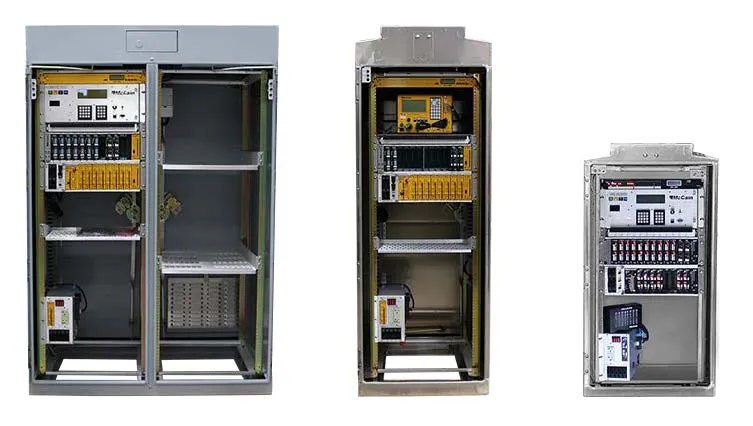US headquartered Peek Traffic Corporation has announced that its VideoTrak-IQ video-based vehicle detection system has been approved by the Texas Department of Transportation (TxDOT). VideoTrak-IQ combines multi-channel viewing, easy set-up and multiple individual zone settings, and offers the ability to conveniently modify the configurations of up to 26 detection zones per channel. The colour camera delivers the powerful option of lens control over the coax. Zoom and focus settings can be controlled from
September 13, 2012
Read time: 2 mins
US headquartered Peek Traffic Corporation has announced that its VideoTrak-IQ video-based vehicle detection system has been approved by the 375 Texas Department of Transportation (TxDOT).
VideoTrak-IQ combines multi-channel viewing, easy set-up and multiple individual zone settings, and offers the ability to conveniently modify the configurations of up to 26 detection zones per channel. The colour camera delivers the powerful option of lens control over the coax. Zoom and focus settings can be controlled from the VideoTrak-IQ user interface via the ground-level cabinet, eliminating the need for a bucket truck or additional wiring. VideoTrak-IQ is available in up to four channel configurations and is both NEMA and CALTRANS compliant.
“We are pleased to receive approval in Texas, enabling us to provide our advanced detection application in one of the largest states in the country,” said Bob Sudar, Peek’s Video Technical Sales Rep. “VideoTrak-IQ offers an economical, environmentally friendly solution for vehicle detection without extensive intrusion into existing infrastructure.”
VideoTrak-IQ combines multi-channel viewing, easy set-up and multiple individual zone settings, and offers the ability to conveniently modify the configurations of up to 26 detection zones per channel. The colour camera delivers the powerful option of lens control over the coax. Zoom and focus settings can be controlled from the VideoTrak-IQ user interface via the ground-level cabinet, eliminating the need for a bucket truck or additional wiring. VideoTrak-IQ is available in up to four channel configurations and is both NEMA and CALTRANS compliant.
“We are pleased to receive approval in Texas, enabling us to provide our advanced detection application in one of the largest states in the country,” said Bob Sudar, Peek’s Video Technical Sales Rep. “VideoTrak-IQ offers an economical, environmentally friendly solution for vehicle detection without extensive intrusion into existing infrastructure.”










